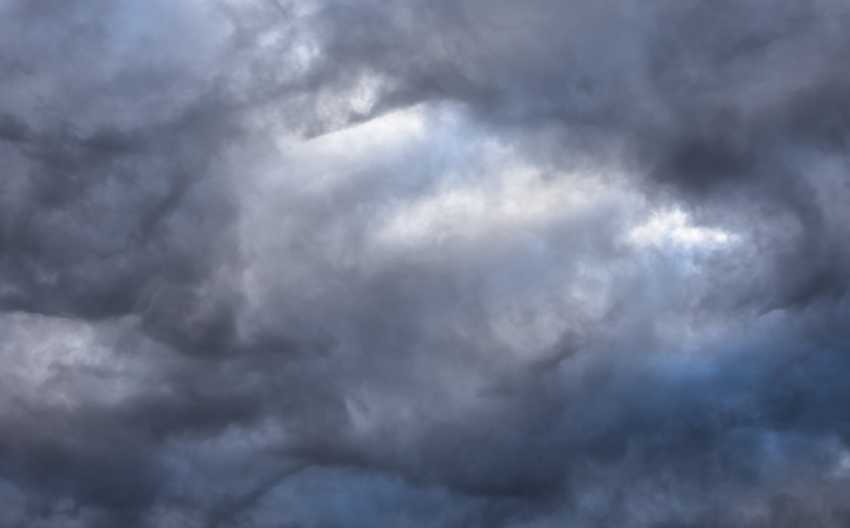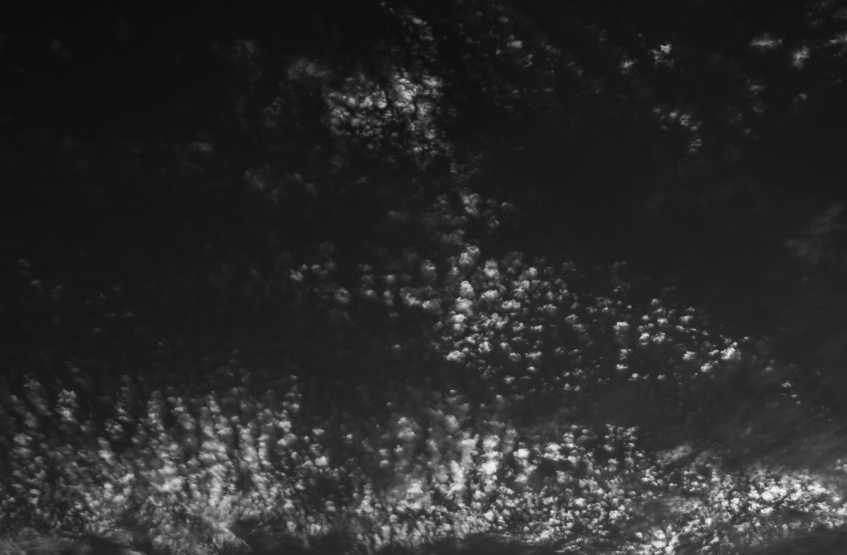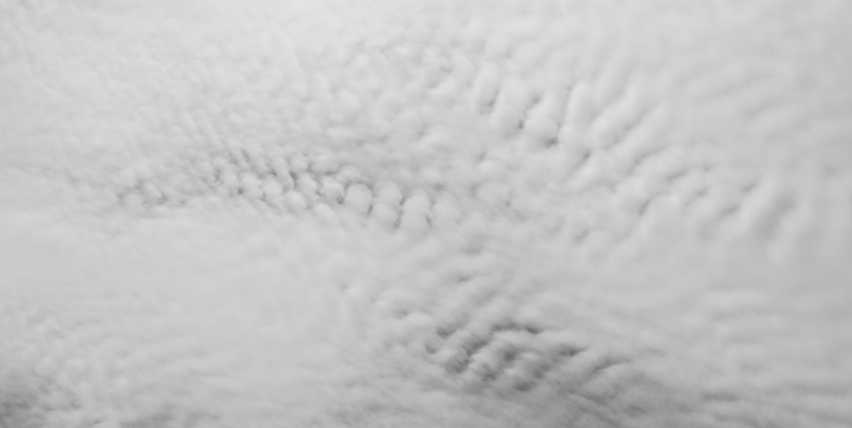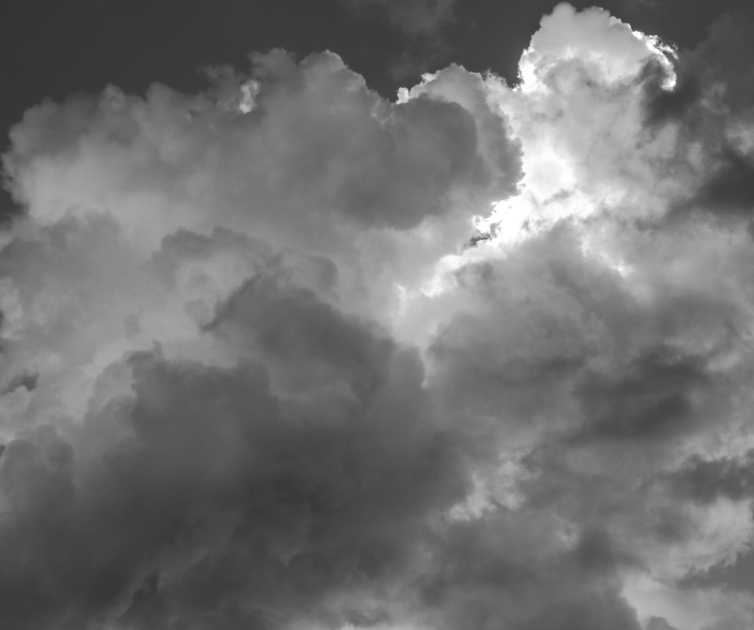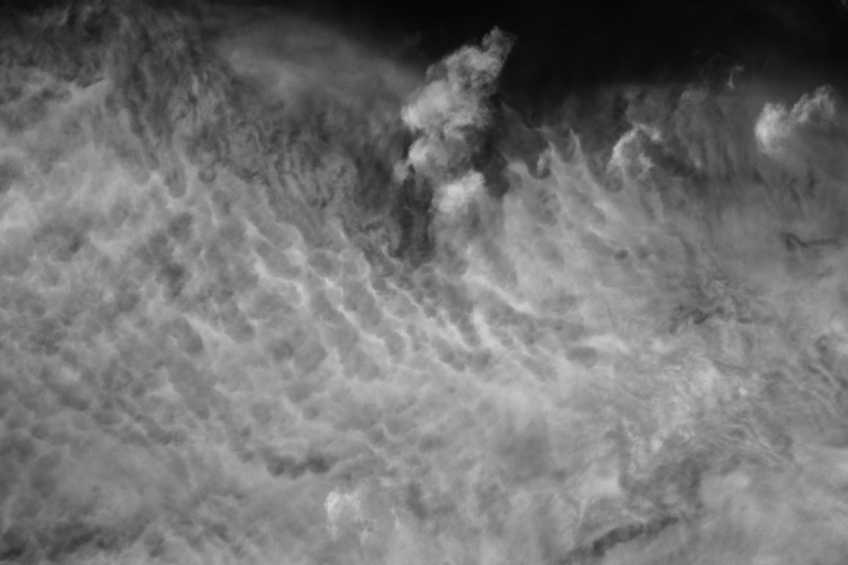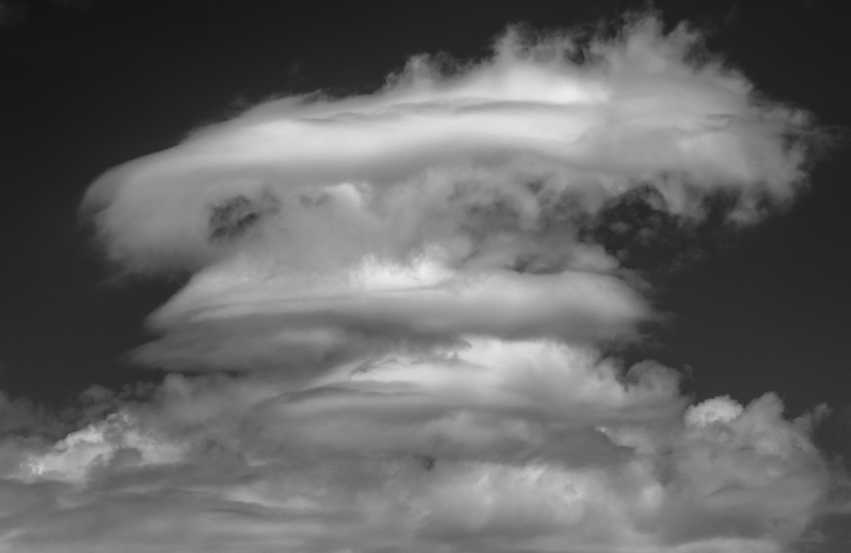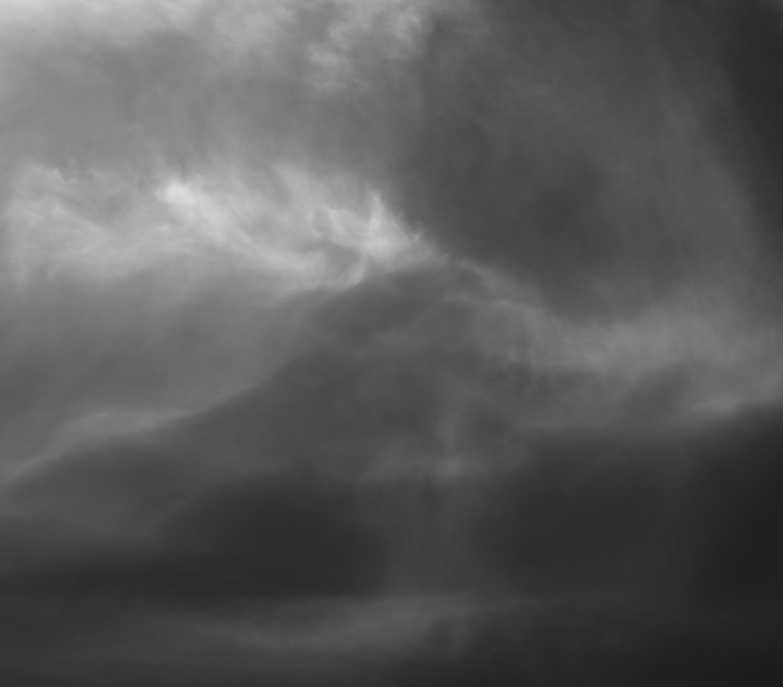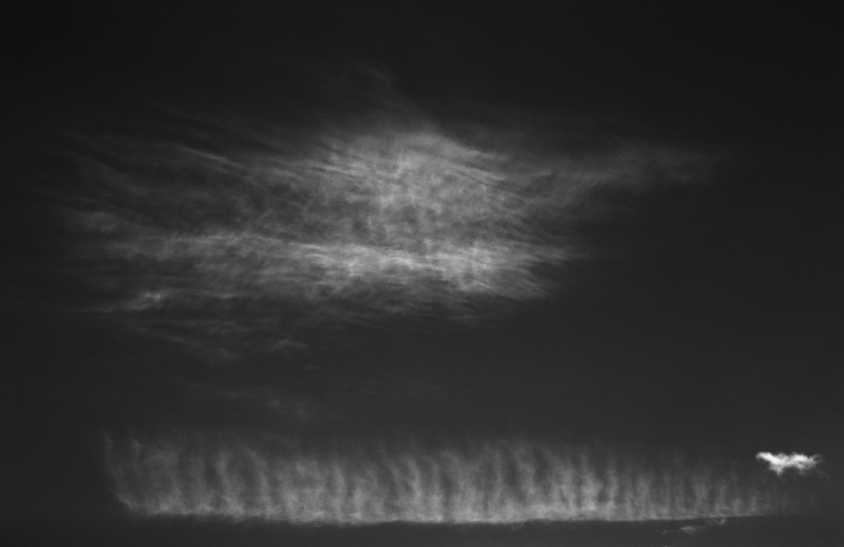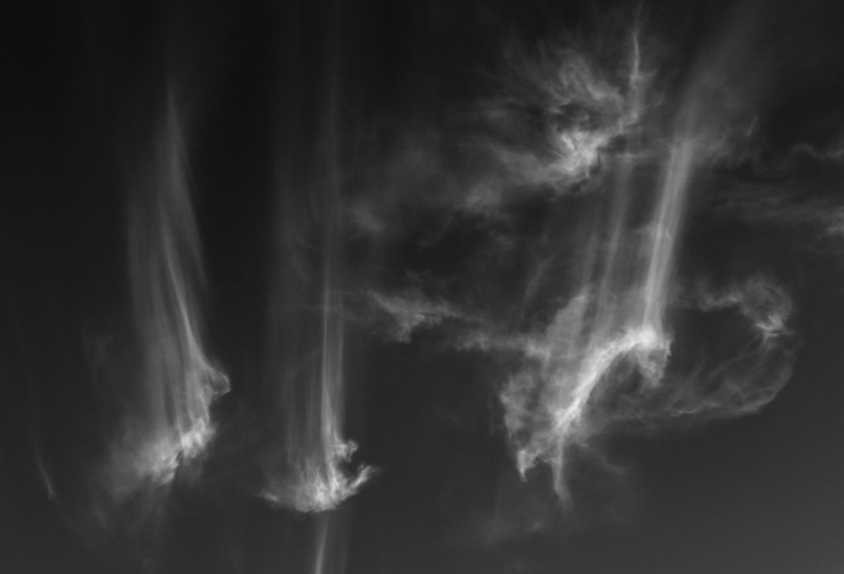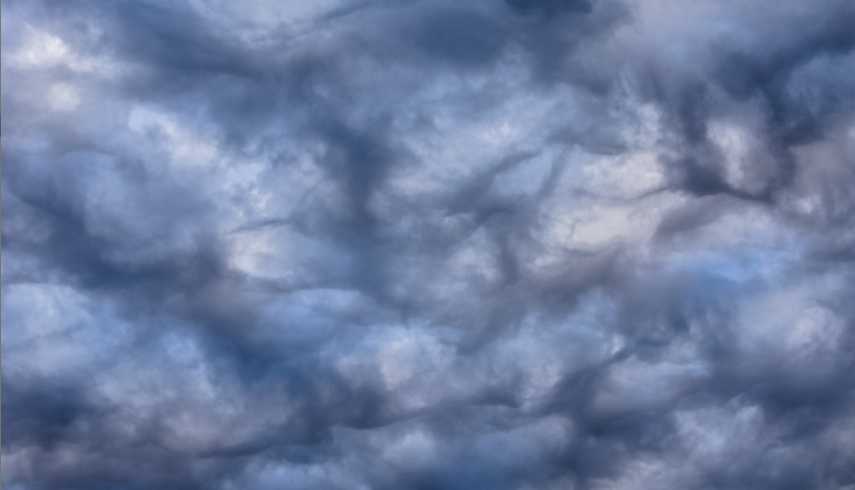Forum Replies Created
-
AuthorPosts
-
 Michael LerchParticipant
Michael LerchParticipantFloccus Pond

 Michael LerchParticipant
Michael LerchParticipantKeelin that is it, the fun of exploring!..It took a few attempts even with Adobe lightroom, but I figured out how to lighten up the darker end of the midtones . The very early morning light here in the desert still isn’t so brite to create the high contrasts of later. So the idea is to catch the softer contrasts and give each tone a chance with saturation control. And I don’t go all the way into absolute black and whites. So the mid tones get all the attention. Create as many midtones as possible and then separate them with saturation, vibrancy , contrast and clarity control. As Always..what is discovered along the way, may surpass the original vision.

 Michael LerchParticipant
Michael LerchParticipantThis Is Not a Sunset
 September 1, 2017 at 2:42 am in reply to: Weather Photographer Of The Year – 2017 – shortlist #228390
September 1, 2017 at 2:42 am in reply to: Weather Photographer Of The Year – 2017 – shortlist #228390 Michael LerchParticipant
Michael LerchParticipantI am definitely partial to the white fog bow shot,,a rare phenomena captured well.
 Michael LerchParticipant
Michael LerchParticipantJuly 21

 Michael LerchParticipant
Michael LerchParticipantNov 20

 Michael LerchParticipant
Michael LerchParticipantGeorge,,how cool is that!! Thanks For Posting the Photos!
 Michael LerchParticipant
Michael LerchParticipantMay 19

 Michael LerchParticipant
Michael LerchParticipantRingers

 Michael LerchParticipant
Michael LerchParticipantAn Entirely Different Matter

 Michael LerchParticipant
Michael LerchParticipantFact of The Matter

 Michael LerchParticipant
Michael LerchParticipantHyena

 Michael LerchParticipant
Michael LerchParticipantEvocation

 Michael LerchParticipant
Michael LerchParticipant
 Michael LerchParticipant
Michael LerchParticipant
-
AuthorPosts



